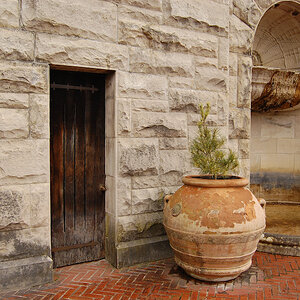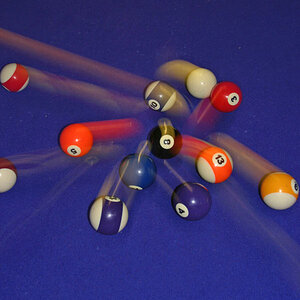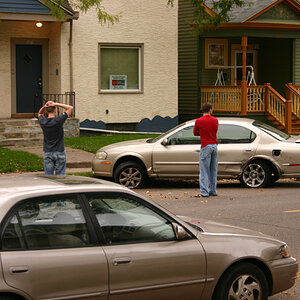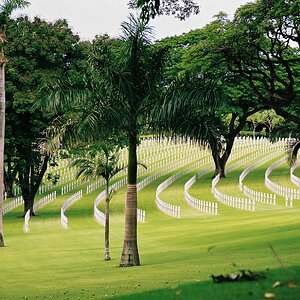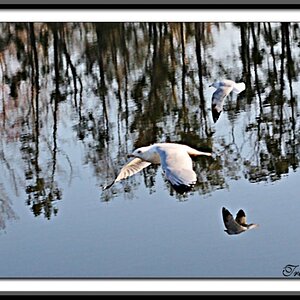Cortian
No longer a newbie, moving up!
- Joined
- Jan 1, 2018
- Messages
- 503
- Reaction score
- 209
- Location
- S.E. Michigan, USA
- Can others edit my Photos
- Photos OK to edit
Canon 40D. Tamron 90mm f/2.8 Di VC USD Macro F017 lens. Tripod. OttLite 445 lumen LED "daylight" temperature lighting. (Throwing on a pair of "cheaters" and looking at the frog under daylight coming through the window: The colour rendition looks pretty darn close. The table-top is darn close, too, though a bit blown-out because I was spot metering on the frog, which is darker.)
"Froggy" is a solid silver casting (yes: much in need of polishing) about 1.5cm long by 1cm tall.
Here is a 100% crop of the best shot I could get:
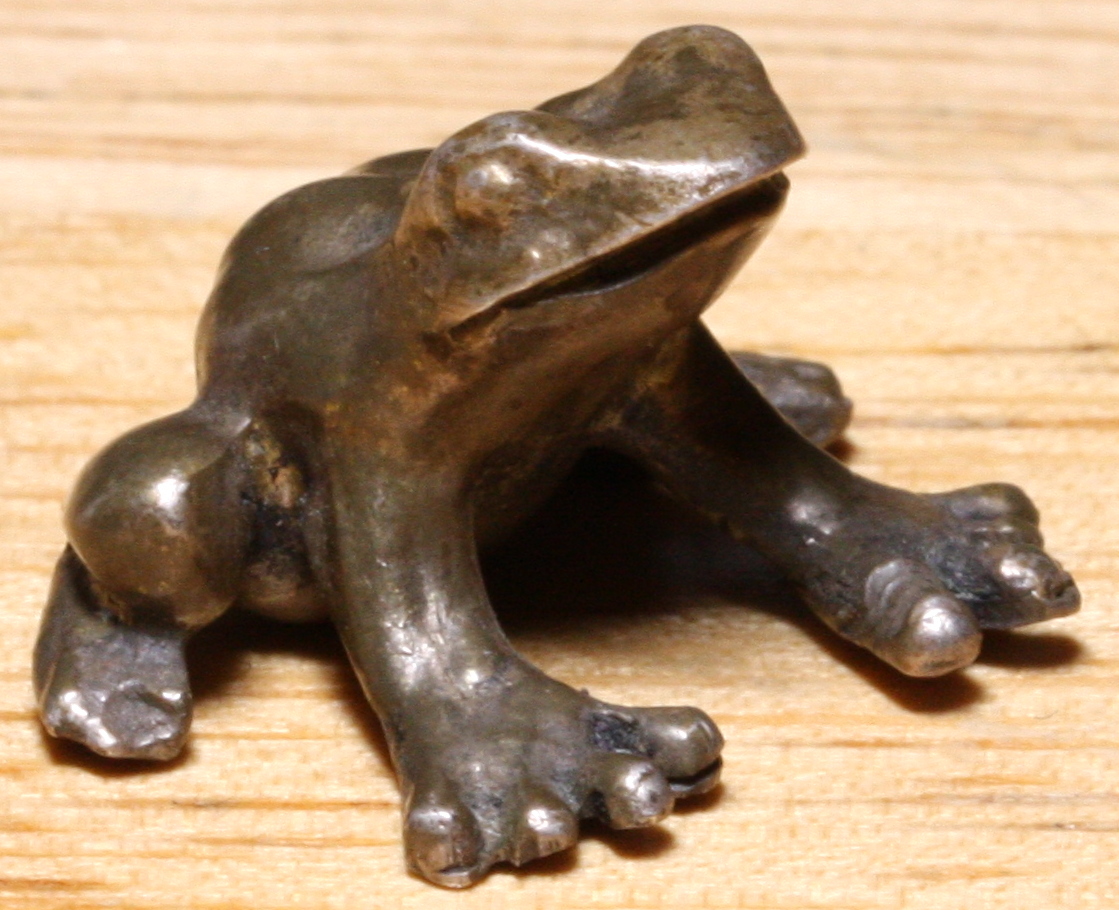
That was at f/16. Was going for DoF. As I stopped-up, further-back bits would would of course go increasingly OOF. As I stopped-down, overall softness increased. E.g.: At f/22 that left rear leg didn't gain appreciable focus, but overall softness increased visibly. At f/11 the closer bits were subtly sharper, but that back leg appreciably more OOF.
According to the EXIF data the focus distance was 50cm (20 in.), which looks about right. (I assume that's from the camera's focal plane.)
So is this as good as it gets, or am I missing something fundamental?
"Froggy" is a solid silver casting (yes: much in need of polishing) about 1.5cm long by 1cm tall.
Here is a 100% crop of the best shot I could get:

That was at f/16. Was going for DoF. As I stopped-up, further-back bits would would of course go increasingly OOF. As I stopped-down, overall softness increased. E.g.: At f/22 that left rear leg didn't gain appreciable focus, but overall softness increased visibly. At f/11 the closer bits were subtly sharper, but that back leg appreciably more OOF.
According to the EXIF data the focus distance was 50cm (20 in.), which looks about right. (I assume that's from the camera's focal plane.)
So is this as good as it gets, or am I missing something fundamental?


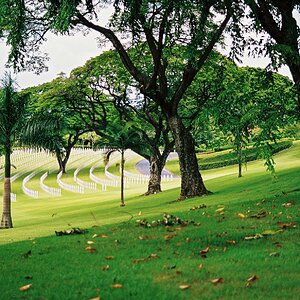
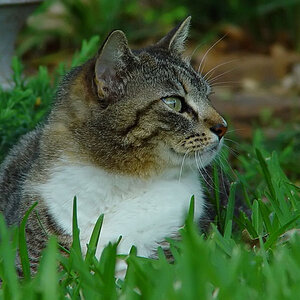
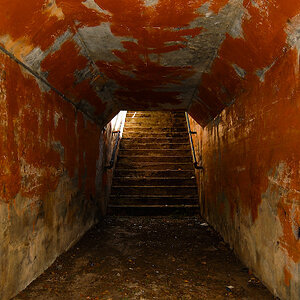
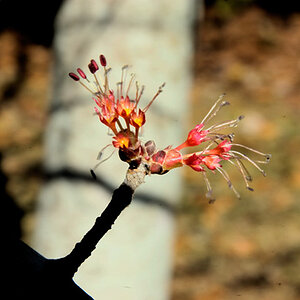
![[No title]](/data/xfmg/thumbnail/39/39290-dfb3e819bd94a7f30797638ae1ae27cf.jpg?1619738958)
![[No title]](/data/xfmg/thumbnail/31/31746-12607d714ca2713b95250821c881aea9.jpg?1619734987)

